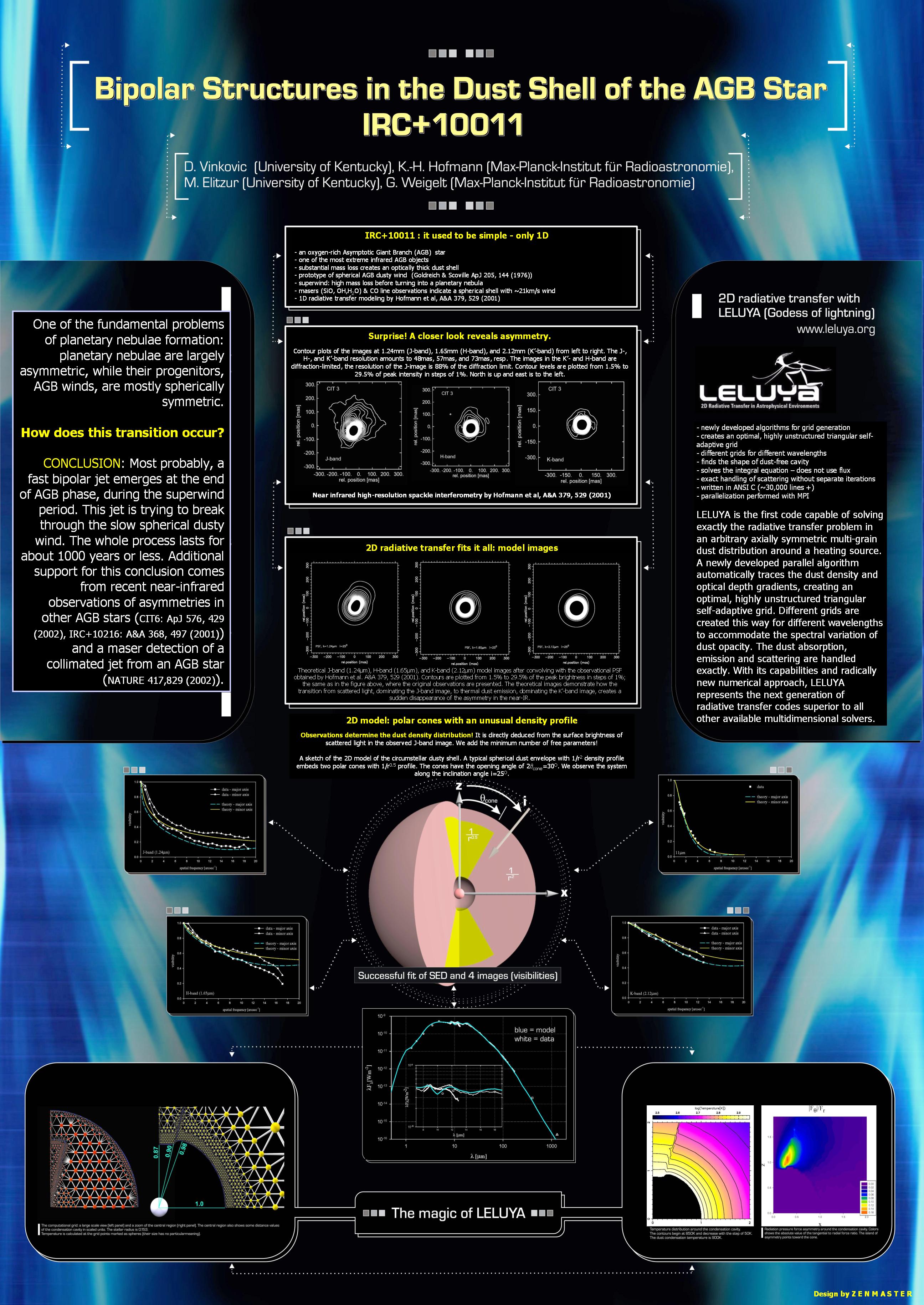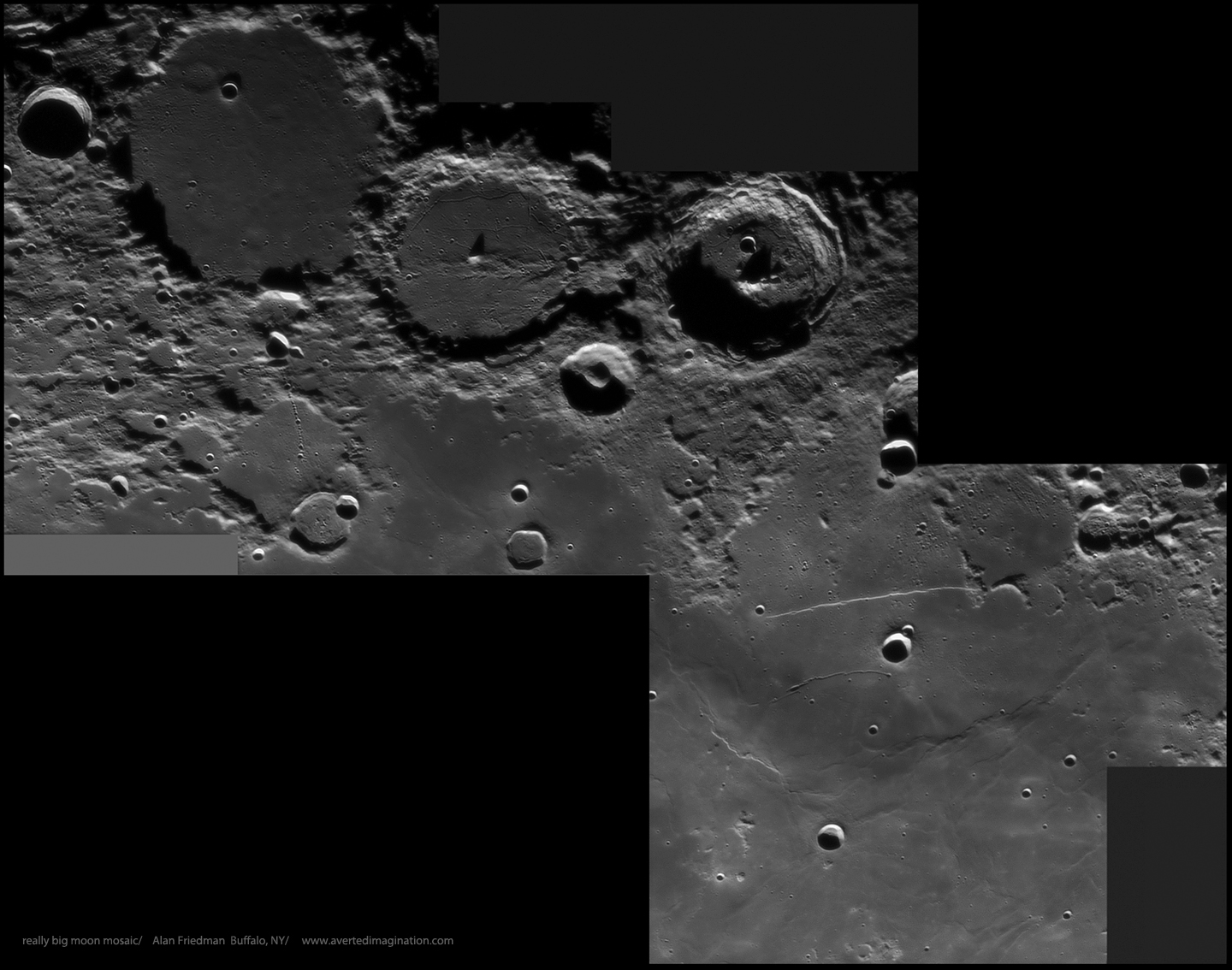Visual Magnitude Estimates Exercise
While attempting to estimate the apparent magnitudes of stars located in orion, canis minor, canis major and Taurus, I used several reference stars. The most useful of which were Beta Aurigae and Eta Canis Majorum. The conditions for viewing were excellent, however, trying to read a paper and then look up at the sky was rather difficult. I found that I wanted to use other reference stars then the ones given and was rather annoyed at trying to find the few ones that were given magnitudes. Sirius is really bright, and I missed venus by a few hours, considering it was around 9:00pm.








